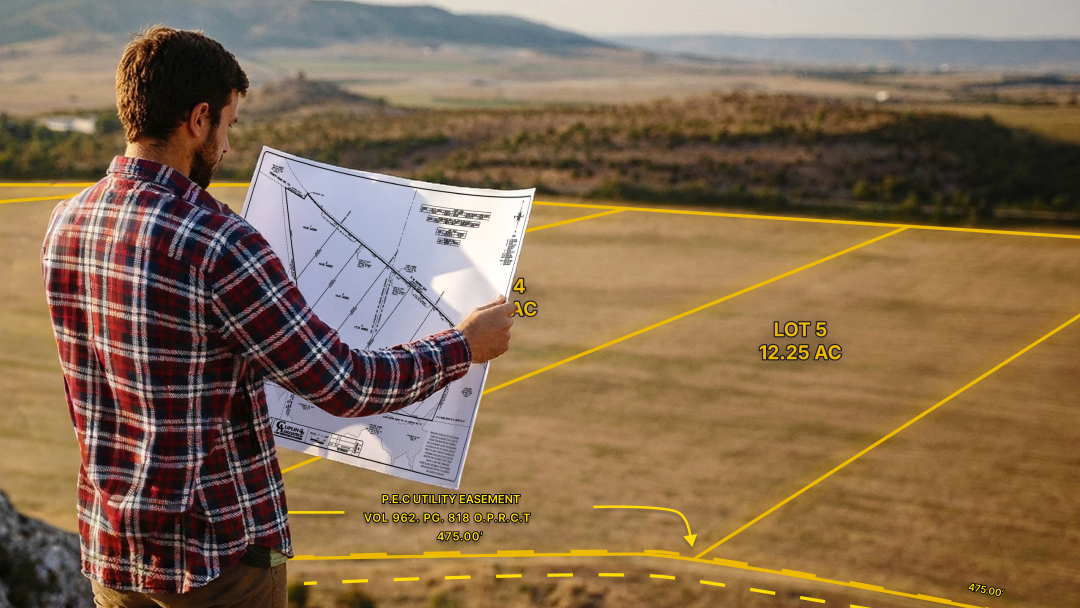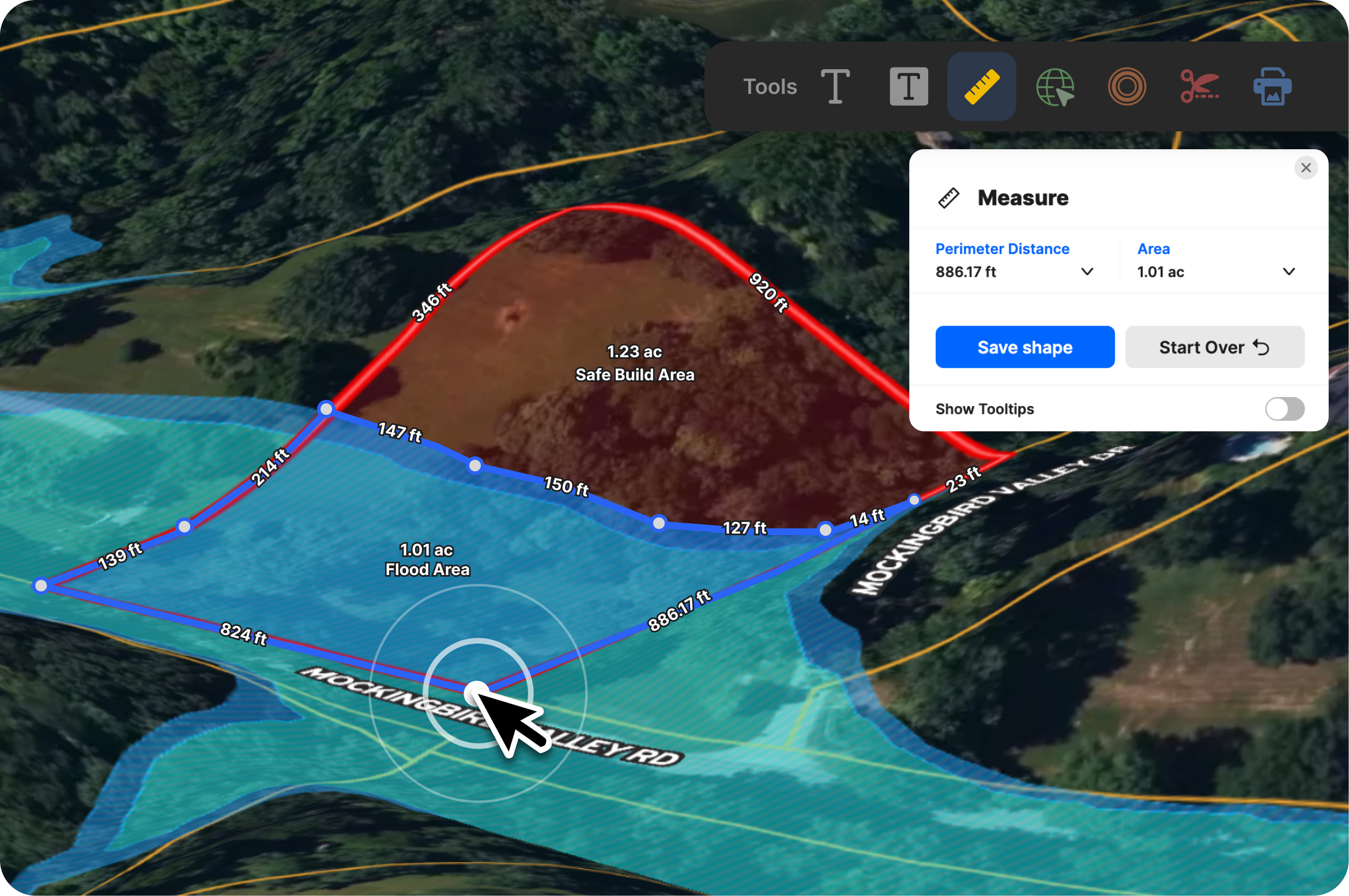A tree is an incredible thing. Trees cleanse our air, bring us shade, and serve as a home to countless critters. However, while most of us can appreciate a particularly handsome tree, some of us know a lot more about them than others. Foresters are the professionals tasked with caring for, planting, and managing our trees—and it’s no easy feat. On any given day, they may find themselves walking long distances, ducking through the brush, or even encountering harsh weather.
While technology can’t do much to alleviate those challenges, it can certainly come in handy with other aspects of the job, and one tool in particular has proven to be of huge benefit. By using GIS for forestry, managing our trees can become much more, well, manageable.
Applications of GIS for Forestry
According to a report by the USDA Forest Service, there are four broad applications of GIS for forestry:
Inventorying
Since GIS data is tied to location, one of the main ways we use GIS for forestry is inventorying, the process of identifying items of interest and taking note of their location and condition. We can use GIS to map out vegetation, plant types, endangered species, etc., and update the maps as new information becomes available.
Monitoring
Another way foresters use GIS is for monitoring. This involves measuring an item consistently to see how it changes over time. For example, if you were monitoring a species of conifer trees in a national park, you could track their population, their expansion into other areas, and instances of disease to gain a better idea of how that tree species is doing. With GIS, you can keep records of these measurements as far back as you need, and even organize them by date and type.
That’s not all. GIS platforms also allow you to integrate satellite imagery and remote sensor data directly into the program, which could be a game-changer for monitoring trees in vast, remote areas. Traditionally, monitoring trees in these locations was time-consuming, expensive, and difficult to do, but it’s far simpler with GIS technology. By integrating satellite imagery and remote sensor data, foresters can monitor trees much more frequently, and they’ll use significantly less funding and resources to do so.
Analysis
Analysis is one of the most important ways we use GIS for forestry. GIS stores the critical information foresters gather, allowing them to view trends and see how conditions are changing over time. Perhaps even more important than that, however, is that GIS allows foresters to analyze the relationship between items.
With a GIS map, you could add a layer for tree population, rainfall, temperature, disease spread, local CO2 emissions, etc., and see how each of those factors impacts one another. You could even use a GIS map to predict the consequences of taking a specific action, such as conducting a controlled burn or clearing a portion of the land for a campsite. The best part is, these records are meant to survive long term, so the data isn’t lost when personnel changes; new hires can pick up exactly where their predecessors left off.
Planning
Once the forester has gained a solid understanding of the relationships between the trees and their environment, they can use GIS software to play out different scenarios by altering certain environmental conditions. For instance, they could look at how a large development project will impact tree populations 20 years down the road, how reforesting efforts will alter soil erosion, or how climate change will affect tree health 15 years out. With this knowledge, they can make smarter decisions when planning how to move forward.
Communication
Spreadsheets and charts can be used to communicate big ideas, and in many cases they are, but people tend to grasp concepts much faster when they can “see” a problem. Since GIS data is displayed on a map, people don’t have to visualize relationships and patterns in their heads; they’re already laid out for them.
GIS for forestry also makes it far easier for professionals in the field to share ideas and information with stakeholders and the public. Everyone can work using the same GIS database, allowing for simplified planning, budget allocation, and division of responsibilities—everything they need is located in one, easy-to-access place.
Practical Uses of GIS in Forestry
Forest Management
With GIS, foresters can create custom databases to store information on health, density, and any other data the professional wishes to gather on a forest. Once uploaded to the database, this information can then be used to track changes over time and make a plan to care for the trees moving forward.
Fire Prevention
When temperatures grow too high, there’s not an adequate amount of oxygen, and flammable material is present (such as a tree), there’s a real risk of fire. To make matters worse, drought and strong winds can cause that fire to spread rapidly. However, there are measures we can take to prevent forest fires. By using GIS for forestry, professionals can visualize where they’ve pruned the trees, add a layer to their maps for weather conditions (such as temperature and wind), and locate roads and waterways (which can help prevent a fire from spreading). With this information, they can not only predict when a fire may come, but get ahead of it.
Tracking Deforestation and Planning Reforestation
Between 2015-2020, the annual rate of deforestation was roughly 10 million hectares, which isn’t great—over 1.5 billion tons of CO2 are released into the atmosphere by deforestation each year. GIS allows foresters to track deforestation, test land cover over time, and measure the growth and health of newly planted trees. While reforestation can’t completely reverse the impacts of deforestation, it can certainly help offset that number, and in recent years, GIS has played a vital role in these efforts.
Care for the Trees With Land id®
Land id® (formerly MapRight) has all of the tools foresters need to improve forestry management. To start, you can track and visualize as many features as you need in a custom database—tree type, density, health, age, you name it. Not only that, but you can also analyze important information about the area such as elevation and temperature, integrate satellite and remote sensing data, and easily share your findings with key stakeholders. With these features (and many more), foresters can streamline their processes, saving them time, money, and energy.
Ready for a better way to manage your trees? Start your 7-day free trial now!
FAQs

Continue Reading



.webp)

